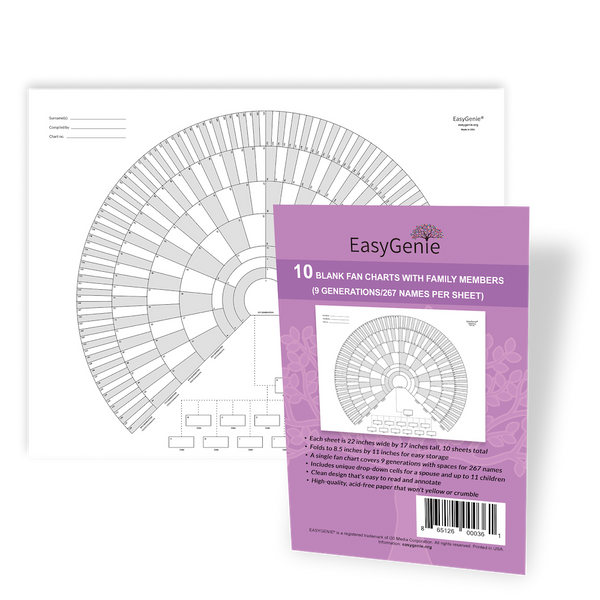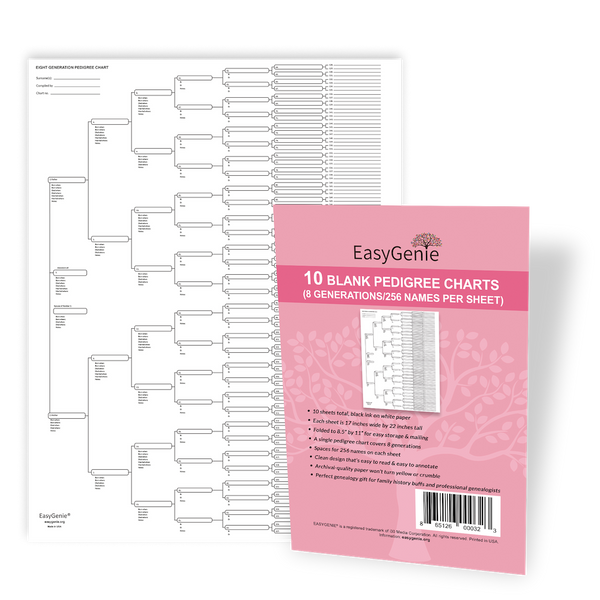
The art of heraldry on display at ICGHS in Boston
Ian LamontLast month, EasyGenie had a booth at the 36th International Congress of Genealogical and Heraldic Sciences. The congress takes place every 2 years, and it was the first time in the United States, hosted by American Ancestors/NEHGS at Boston’s historic Old South Church. This congress also had a focus on the art of heraldry.

For many genealogists, heraldry is a symbolic representation of family and identity. It’s not only an Old World or aristocratic phenomenon. Coats of arms made the jump to the New World, and evolved, and expanded. There are subgenres - for instance, civic heraldry encompasses municipal or state seals. There are pseudo-heraldic practices in other cultures, from the Aztec empire to Japan.

Artists discuss the art of heraldry
Artists play a key role in furthering heraldry. In his greetings to the congress, Patron Brady Brim-DeForest of Balvaird Castle noted, “without them, heraldry would be only the study of our ancestral past and not the living tapestry that continues to tell our stories of family history, origin, and identity.”
I talked with several heraldic artists to learn more about the art of heraldry. Sometimes, they are asked to update or iterate existing coats of arms. Or they may be commissioned to create a completely new work, based on the history of the family and the elements and experiences that shaped them. These samples inspired by the Zürich Armorial were drawn by Dimitri Prica:

This design by British artist Neil Bromley incorporates a shark. The father once survived a boating accident in which he was thrown into shark-infested waters, and wanted that story to be woven into the design:

Bromley is an old-school artist. Projects may take years to complete, and incorporate painting, calligraphy, drafting, and other design elements. He often turns to materials that date to medieval times - gold leaf, fish glue, and antique tools, to name a few.

Commissions are drawn on sheets of vellum, produced by the sole remaining craftsman in Britain. Vellum, made from animal hides, is what the Magna Carta and Book of Kells were drawn on. It can last for 1,000 years under optimal conditions.
We have many more photos and videos to share on our social media channels, including this interview with artist Dimitri Prica:
If you are interested in learning more about heraldry, or commissioning a coat of arms for your family, the Heraldry Society FAQ is a good place to start.







